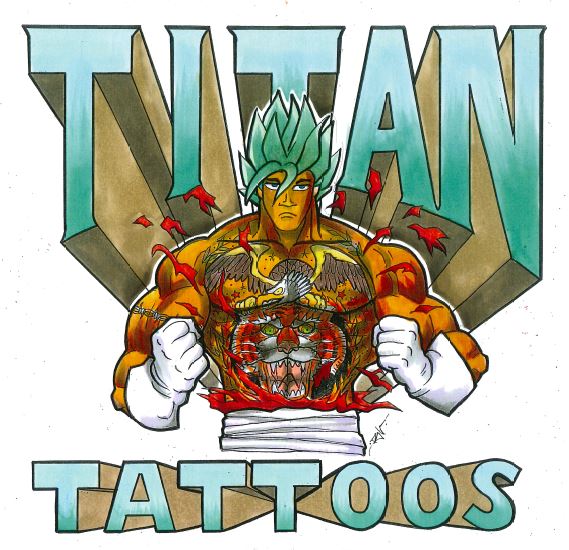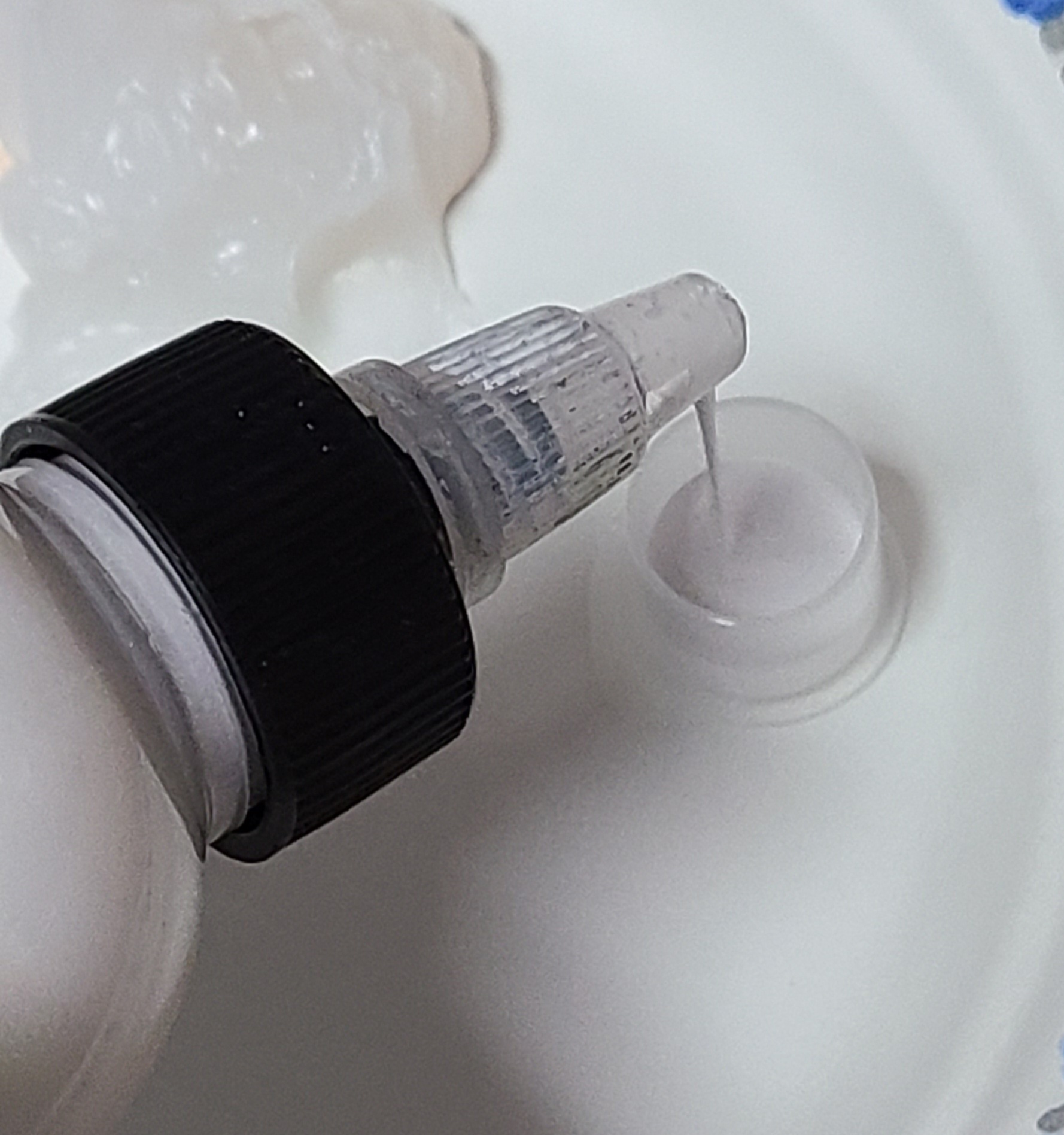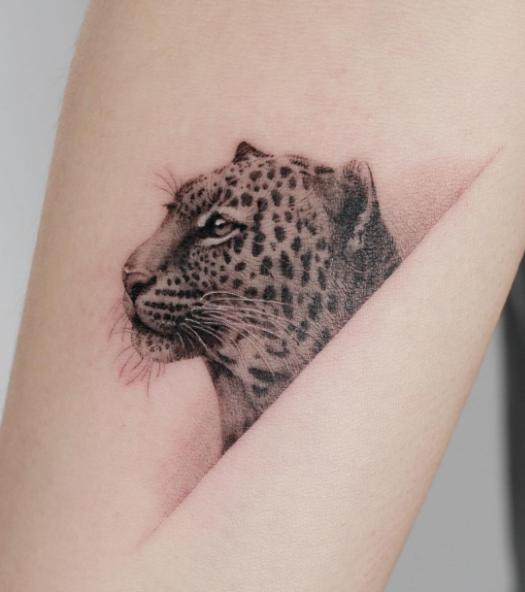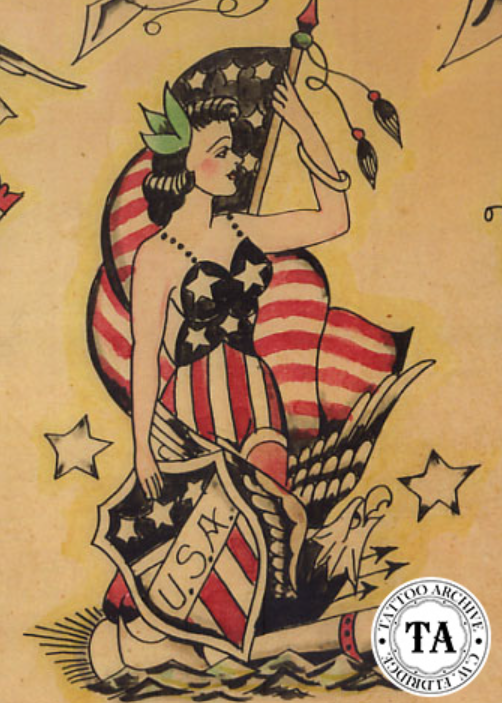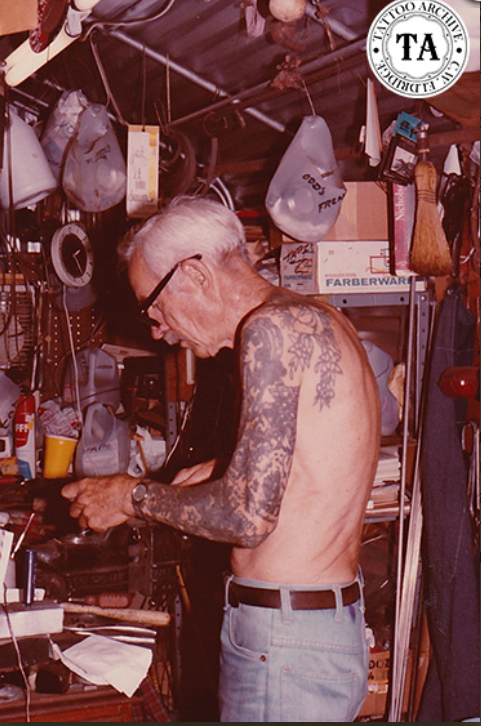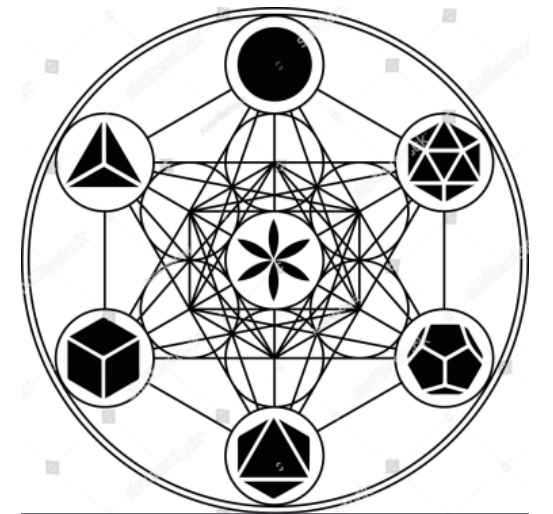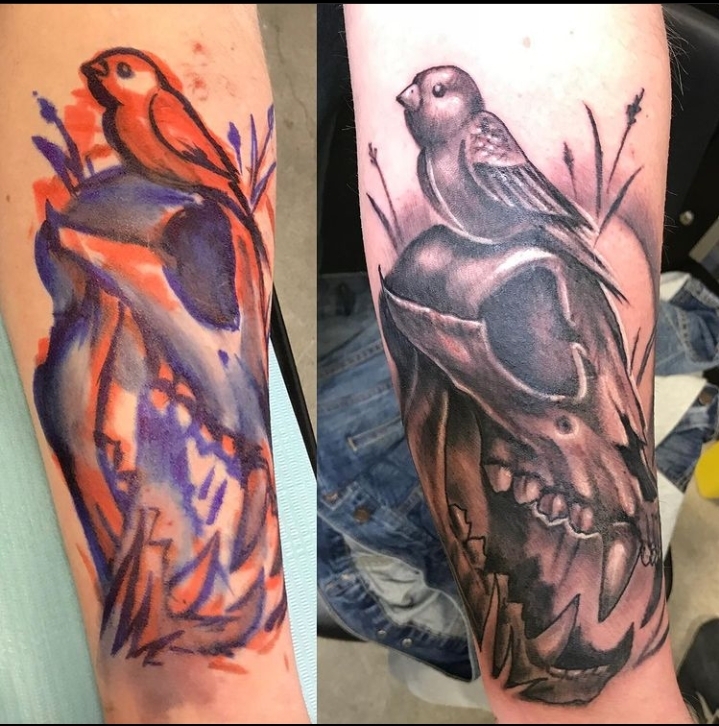Function Of Tattoos
Discussion post
For my one year blog anniversary I wanted to do a post that encompasses a lot of the topics I’ve covered in the last year. Thank you to everyone who has read and shared so far, I hope to keep growing in following and as a writer. There are truly endless things to cover in that tattoo culture, so stay tuned for many more! I’ve been picking away at this post for a long time, enjoy…
A really interesting topic that I’ve come across reading between the lines of my research is the agency of tattoos. This is a recurring theme when I’m looking up things for the blog; especially in the scientific articles that I’ve read for posts such as: Medicinal and Therapeutic Tattooing, and Viking Runes in the 21st Century. In sociology agency is defined as the capacity of an individual to act on their own. This may seem like a stretch when we’re talking about inanimate things like tattoos but if you think about it as the function of the tattoo it starts to make sense. Tattoos have many functions, across the world and over time.
A tattoo function, aside from just being aesthetic, that we’re probably most familiar with is tributes. Tributes can be a very special tattoo to memorialize loved ones or pets in our skin forever. Tons of people opt for tribute tattoos to function as a piece of remembrance and celebration of life.
An earlier post, Heartwarming Parents and Their Tattoos is another great example in the modern world of a unique function of tattoos. These tattoos that the parents have gotten of their children’s scars (go read it if you haven’t, it’s really endearing) have a really specific function for these families. The tattoos bring them together and empower their children. This is one layer of a way that tattoos can function. Another common one we see in modern tattooing is parents getting tattoos to show their love for their children.
For many people the function may be as simple as decorating their body, for others tattoos can be a powerful reclamation of their body. Tattoos can cover scars with painful memories or make new what a person may be unhappy with. A common tattoo along these lines are people getting surgery scars covered to reclaim the body and see more than the scar. They can also be reaffirming by helping anyone feel more comfortable in their body without a drastic reason like surgery.
Going further back in history to Razzouk tattoo, they’ve been tattooing faith affirming tattoos for centuries. Since 1300, they’ve been tattooing pilgrims with holy tattoos to mark their journey to Jerusalem. Today they continue to tattoo with these same designs, though they’re no longer marking the pilgrimage they’re still doing faith affirming tattoos. These can be very important to the bearers, especially when they were marking the pilgrimage. In the beginning, the Razzouk family tattooed Christian Copts in Egypt with small crosses. During this era a small cross tattoo on the inside of your wrist would give you access to the churches. Those without the small cross tattoo were said to have difficulty gaining entry to the churches. These tattoos were very important to the Christian Copts because of their function and affirmation of faith. Faith affirming tattoos are not stuck in the past though. Aside from Razzouk still tattooing many of the designs they’ve saved for centuries, Jesus tattoos are some of the most common on a much broader scale. The Virgin Mary is another important faith affirming tattoo that many people today resonate with. There is really no end to religious tattoos, in the Western world these are a few examples that we see but tattoos are used for religious affirmation across many religions, of course excluding those that condemn tattoos. For some people they serve a very powerful function.
Medicinal and Therapeutic Tattooing was one of my first blog posts. It is a little lengthy but the Indigenous people I talk about have a very specific and unique function of their tattoos. In ancient societies we see functional tattooing in medicinal tattoos and for spiritual protection, these were not individualized the way that custom tattoos today are. A segment of that post that explains the functions these tattoos had says, “Therapeutic tattooing was used to relieve a wide range of illness or distress; it helped people heal physically, psychologically, and spiritually. We’ll see often the tattooing helped physically in a way similar to acupuncture but the reasons behind the tattooing and the cultures perception of why the healing was working is usually tied to spiritual beliefs, various deities, and how circumpolar peoples often thought of souls. These distinctive health care practices and rituals have been shown to continue existing with some consistency across centuries. To understand medicinal tattoos we have to understand the context of the cultures they’re found in. Research theories to Indigenous disease and causation (which is the reason for medicinal tattooing) takes very seriously the direct influence of non human entities on the human condition and the interaction between humans and these entities. These tattoos ability to work, to help the wearer, by providing physical, psychological and metaphysical (the nature of the universe) changes within them.”
For sailors as well, tattoos often have very specific functions and lore behind them. Especially with classic American traditional designs from the 1950’s and surrounding era. There were special monumental tattoos that sailors would get to mark their accomplishments. A notable one would be the 2 swallows, sailors would get the swallows as a marker of having sailed 5000 nautical miles. Traditionally they would get one sparrow upon leaving for the voyage and one upon completing it, wherever in the world that may be. It was very common for sailors to get tattoos in their travels and have a collection from tattooers all over the world. Even down to superficial functions like pinups. Often sailors or military men going overseas had pinup tattoos and these would be the only images of a woman that they would see in months. More sailor tattoos are explained in, American Trad Part 3: Symbolism.
The Brutal Black Project has a very unique use of function in that it’s the act of tattooing that functions for their clients, not necessarily the tattoo itself. The creators philosophy is all about the ritual of pain, through a means of tattooing. participants learn a lot about themselves and that is the goal of these sessions. The project is not about the outcome; it’s about the process. Taking things back to the primitive, the rite of passage. Pushing the limits of your inner self. There is a lot to unpack with this project, so like always, checkout the post, Meet the Brutal Black Project, Constructive Torture, to learn more about their ideology.
What I really love about tattoos is this versatility. Not only how they function to individual people and those meanings but how they actually function within a culture or specific small group. They really are whatever you make it. There is such a deep and diverse web to the history of tattooing that I think gets lost a lot in today’s tattoo culture and that’s why I started this blog project. To learn myself, and then put it out in a digestible way for everyone to come along on that journey with me. This post is a summary of many posts and I really encourage you to read any full posts that sounded interesting here for a more in depth explanation and background. Thanks for coming along on the journey so far, I hope to keep growing the audience of the blog and spreading information about tattooing in modern times and through history.
If you have any thoughts on this post head over to the Instagram @titantattoos_blog to join the conversation or add any other functions that I’ve missed!







































































